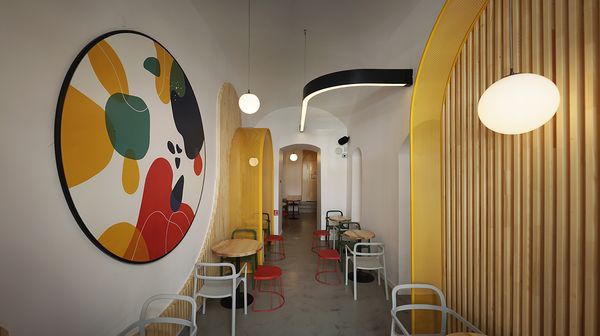International textile conferences, several months of product development, a total of two years spent designing, a Nobel Prize-winning material and the inclusion of the entire sailing community—this is what it took for the world’s first Hungarian-developed professional sailing apparel to be born. The innovative sports garment offers an answer to the yet unresolved problems of sailing, while also enhancing athletes’ performance by combining technology and material innovation. We asked István Papp, the CEO of 878co, about the sailing apparel’s story.
878co is not a classic fashion brand—it is more of an innovative fashion-tech brand, with several years of development and the work of a strong team of experts behind it. It’s not only the product, but also the brand’s name that’s special—with the number 878, they pay homage to Leó Goldberger, one of the most important Central European clothing innovators, whose inspiring life started in 1878.
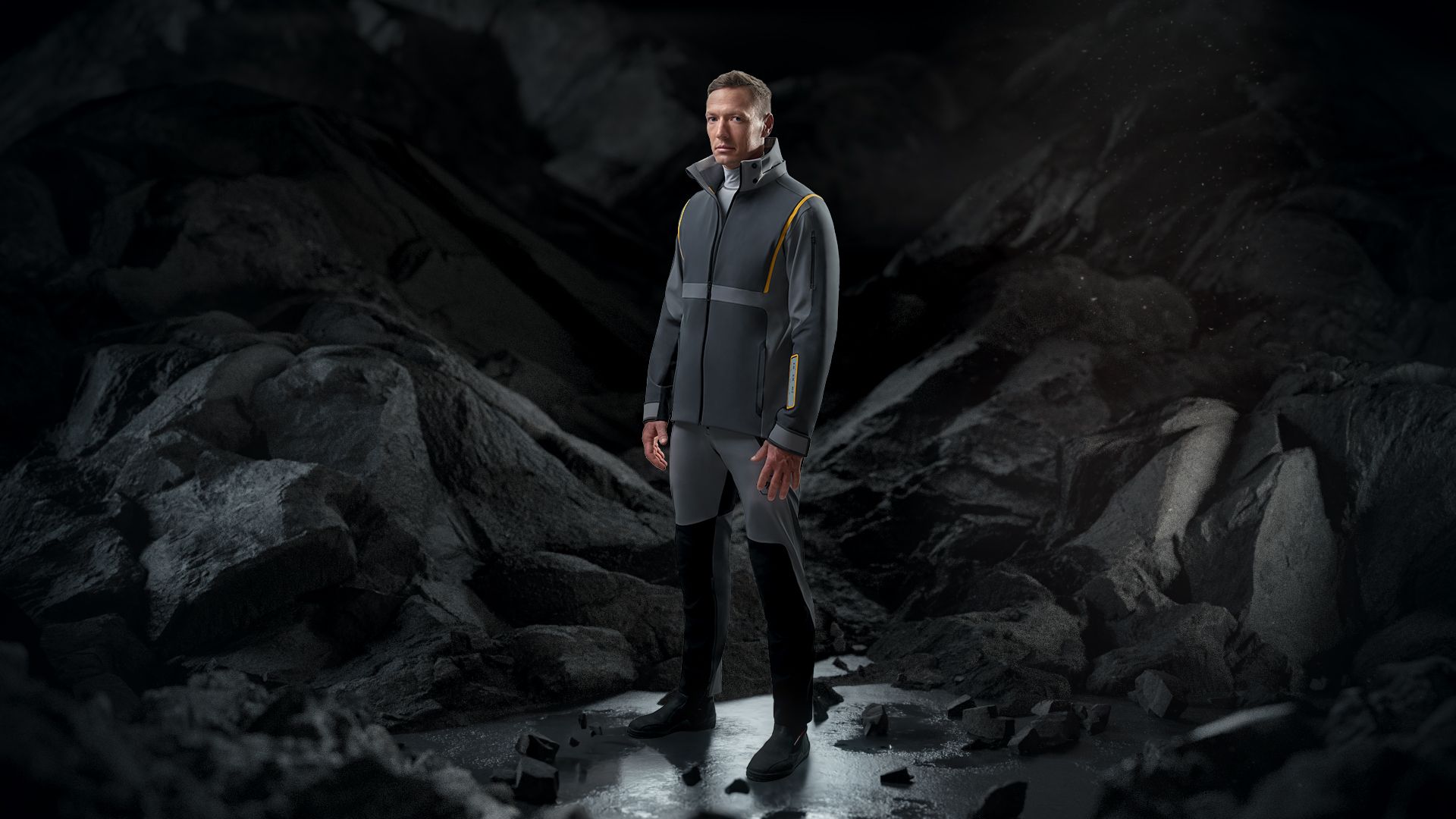
István Papp and his team started to form an interest in creating intelligent sports apparel, or, more precisely, in the potentials of the intersection of innovative textiles and smart technologies in the sailing apparel market approximately two years ago. “Participating in several international conferences, fabric shows, sectoral negotiations and online training courses as well as their conclusions have led me to the realization: I need to create a company that gives real answers to real problems. In addition to being the company’s founder and CEO, I am also an active sailor. The co-founders of the brand, Lilla Majer and Richárd Tóbiás, are also deeply committed to the subject,” István told us.
According to István, sailing has developed tremendously over the past years. And while the garments of other sports such as running or cycling underwent a significant development over the past five years, the changes of sailing apparel did not follow this pace, which brought a number of problems to the surface. There was an increasing demand for the protection of athletes, the use of more durable materials, the provision of glare-free, undisturbed vision, ensuring the simple traceability of navigation data and reducing the risk of accidents.
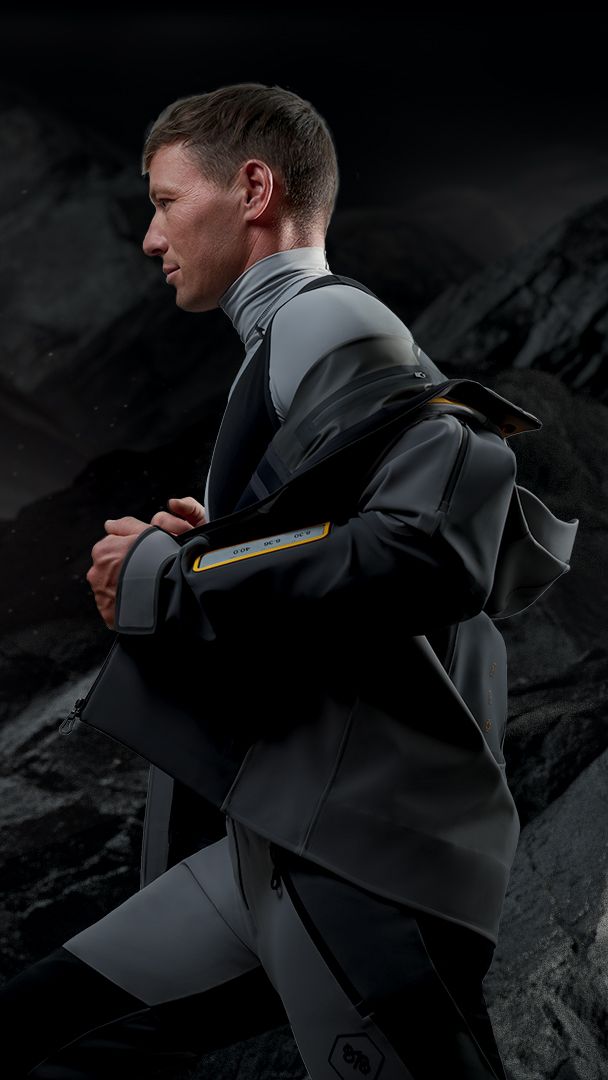
“We experienced that sportswear manufacturers could not or did not want to catch up with the new needs of the sport. Sailors typically had to resolve the availability of the necessary functions with ancillary tools. These problems not only occur in professional sail racing, but also in hobby racing, which might be less competitive, but at the same time attracts more people. This is exactly the reason why we developed our intelligent next-gen product, which fills a gap in the market both in terms of knowledge and materials, by consulting with professional sail racers,” István pointed out.
The Hungarian company has already employed a unique approach in the planning phase, as they involved the sailing community into the entire process, thus mapping the most important needs of athletes. Out of the shortcomings and problems detected, one of the most emphatic issues was the material of the apparel, and thus the choice of material has become the most important challenge for 878co during the product development process. They were looking for a material that meets all criteria important for sailing (resistance to water, ventilation, flexibility), but also supplies the end product with new qualities (extreme durability, abrasion-resistance, intelligence).
“We didn’t want to believe that the only solution was the 15-year-old Gore-Tex. Graphene seemed much more innovative, and it is especially unique in the clothing market. It is an ultra-lightweight yet flexible, stretchy, perfectly waterproof and super strong material. One of the main features of the »super material«, which won a Nobel Prize in Physics 10 years ago and is made of a carbon allotrope, is that, owing to the carbon molecules, it is supplied with automatic temperature compensation, and thus provides about the same feeling of heat at both five and twenty degrees Celsius,” István explained.
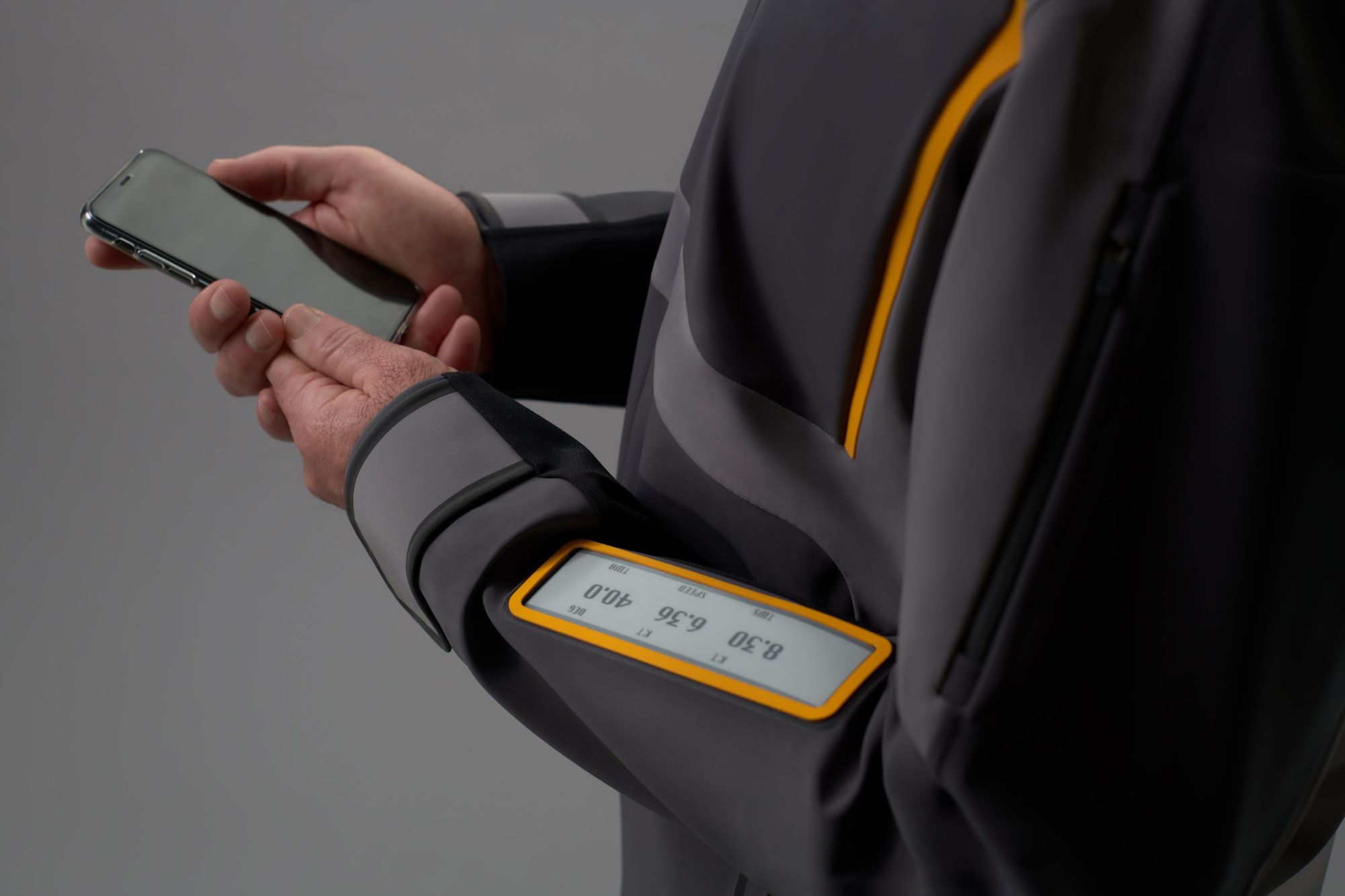
The smart apparel also comes with additional digital solutions such as the On-Board-Unit (OBU) developed by the company, which can be connected to the boat’s navigation system, as well as a digital display built into the jacket, to which the OBU can forward pre-selected data via Bluetooth. To set up the system, a mobile application needs to be downloaded that allows the athlete or the coach to choose which data series they want to set for the team’s foldable display on their jackets. Team members fulfilling different tasks can access different data series. Following installation and setup, no application or mobile phones are needed, the display connects to the OBU and provides the data during the race or training automatically. Thanks to its UV-protected, glare-free surface, the display is clearly visible in strong sunlight, too, and on top, it was implanted into the jacket with a comfortable, flexible design.
However, 878co’s creative team did not stop at innovative use of materials and smart solutions: it was a fundamental requirement that the sailing apparel had an elegant look, and so Lilla Majer, the lead designer of the company, and her team placed particular emphasis on design. Taking into consideration all requirements, every tiny detail of the sportswear items—including the pockets, zippers and the hoods—was custom designed. “Our team worked several months on the hood, which satisfies all needs of sailors, and which is the most iconic element of the garment,” the founder commented. In addition, the brand also considered durability to be of key importance, which does not only prevail in the strength of the material but also the garment’s look.
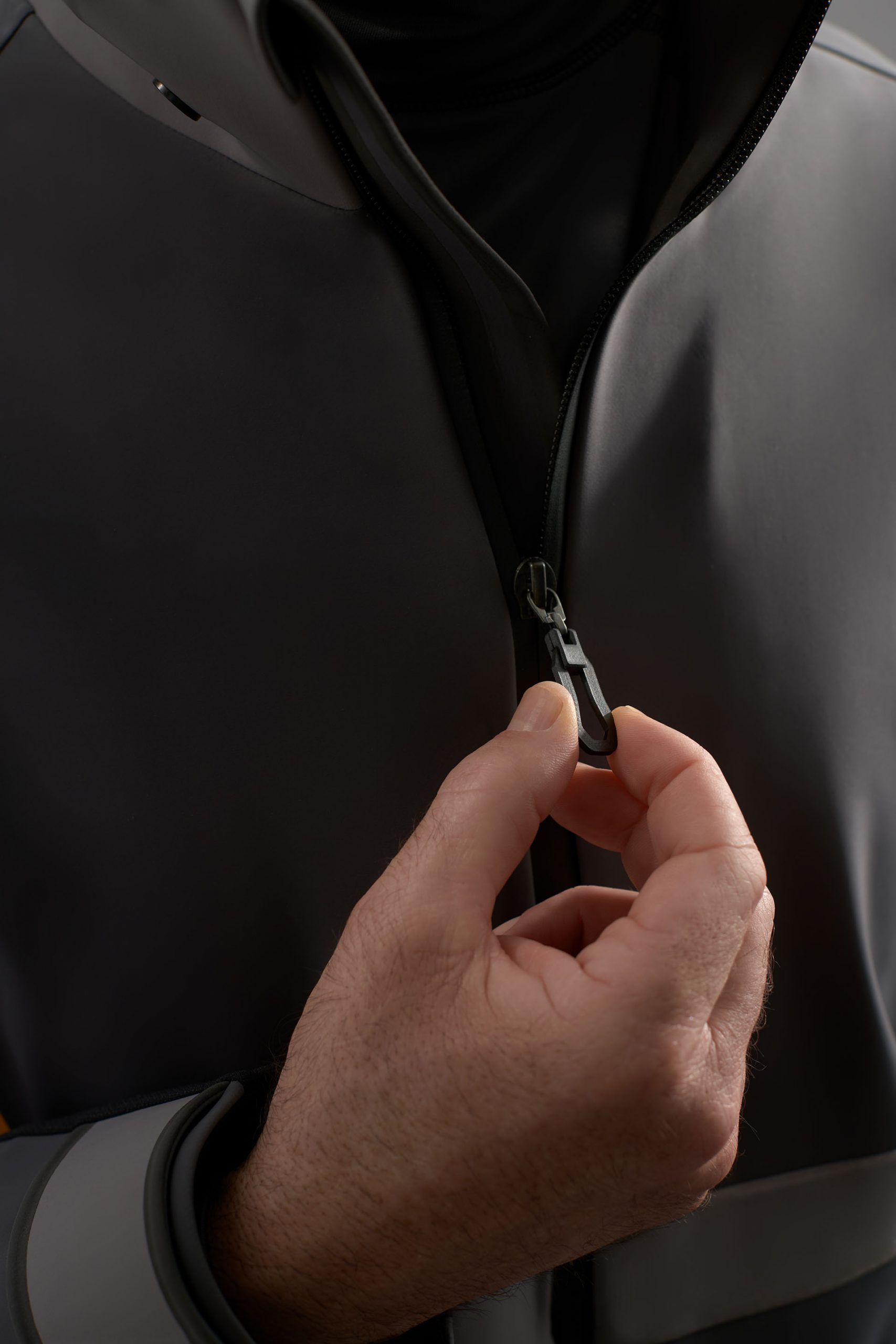
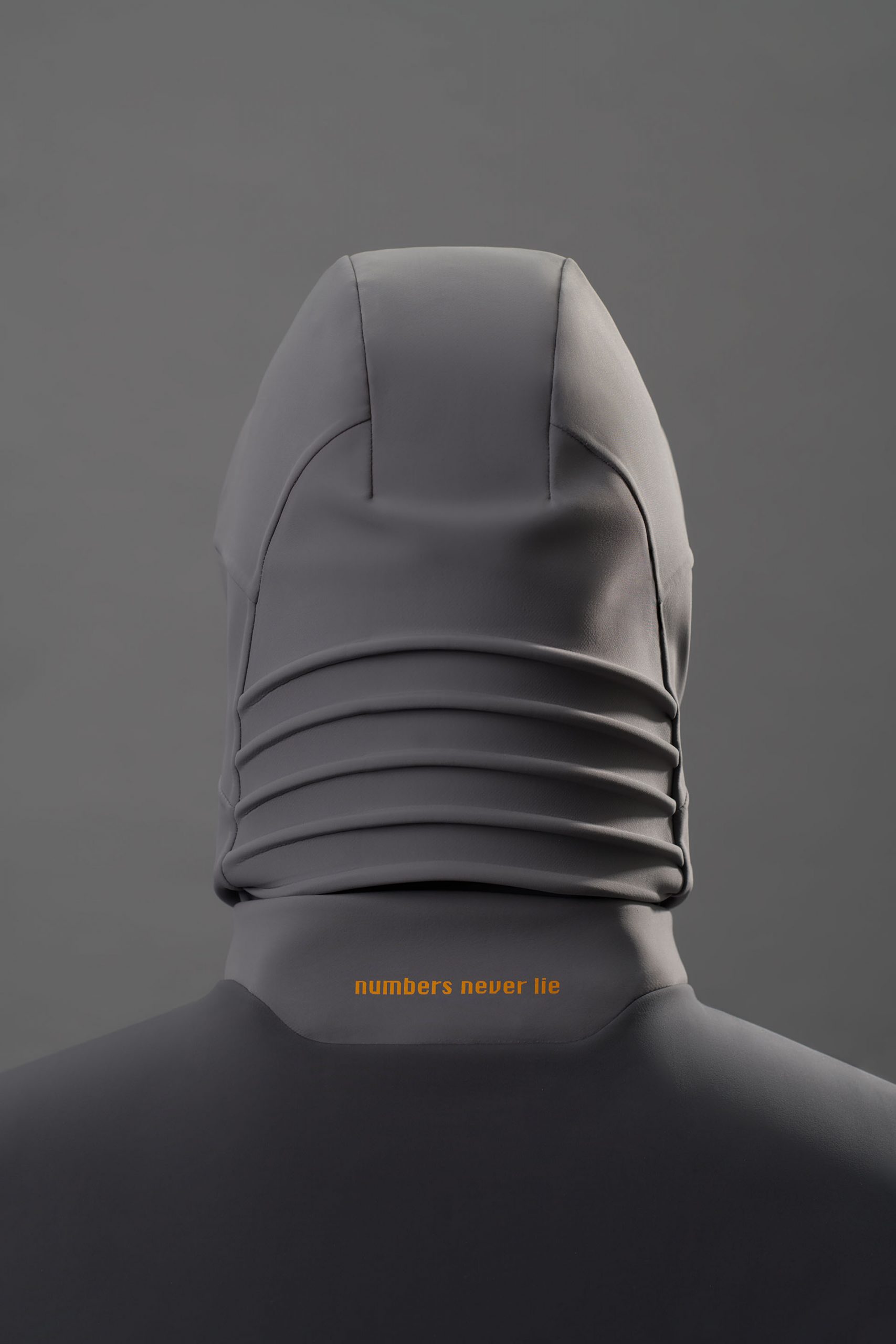
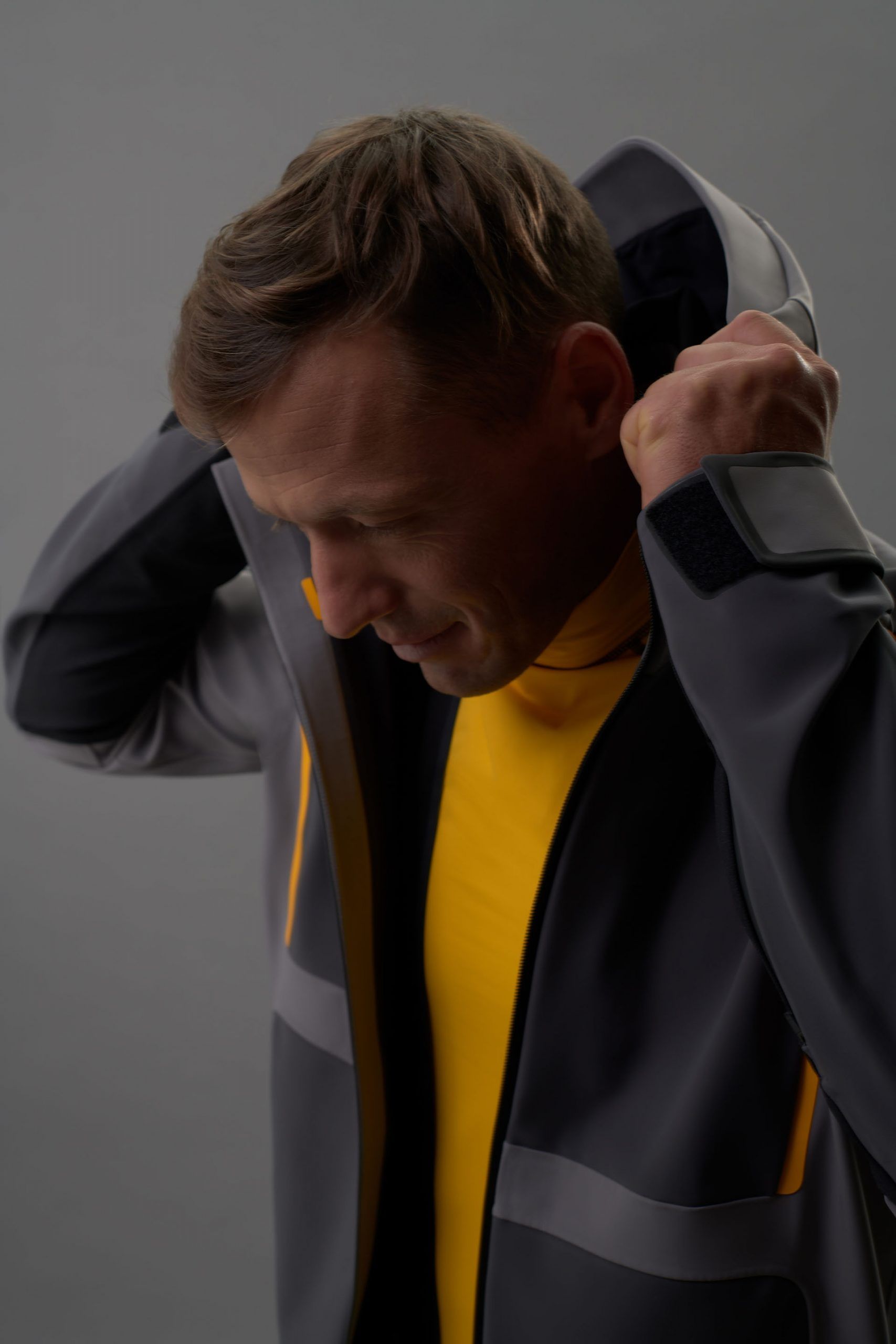
Made up jackets, overalls and shorts, 878co’s sets can be perfectly custom-tailored thanks to 3D body scanning, which once again contributes a lot to the athletes’ performance. The criteria of sustainability also prevailed in the course of development: the pieces of clothing can be worn for decades, while the zippers and the packaging are made of recycled sailcloth. “We only use chemical-free and environment-friendly materials to manufacture our clothes, we minimize water usage and in the framework of social responsibility, we dedicate a part of our profit to water and ocean clean-up initiatives. Owing to our completely digitalized and computer-controlled manufacturing capacities, we operate as a zero-waste company. Based on the collaboration concluded in the past few days, we are also a partner of DHL GoGreen, which means that we deliver our products to customers in an environment-friendly way and bear all costs of the same,” István added.
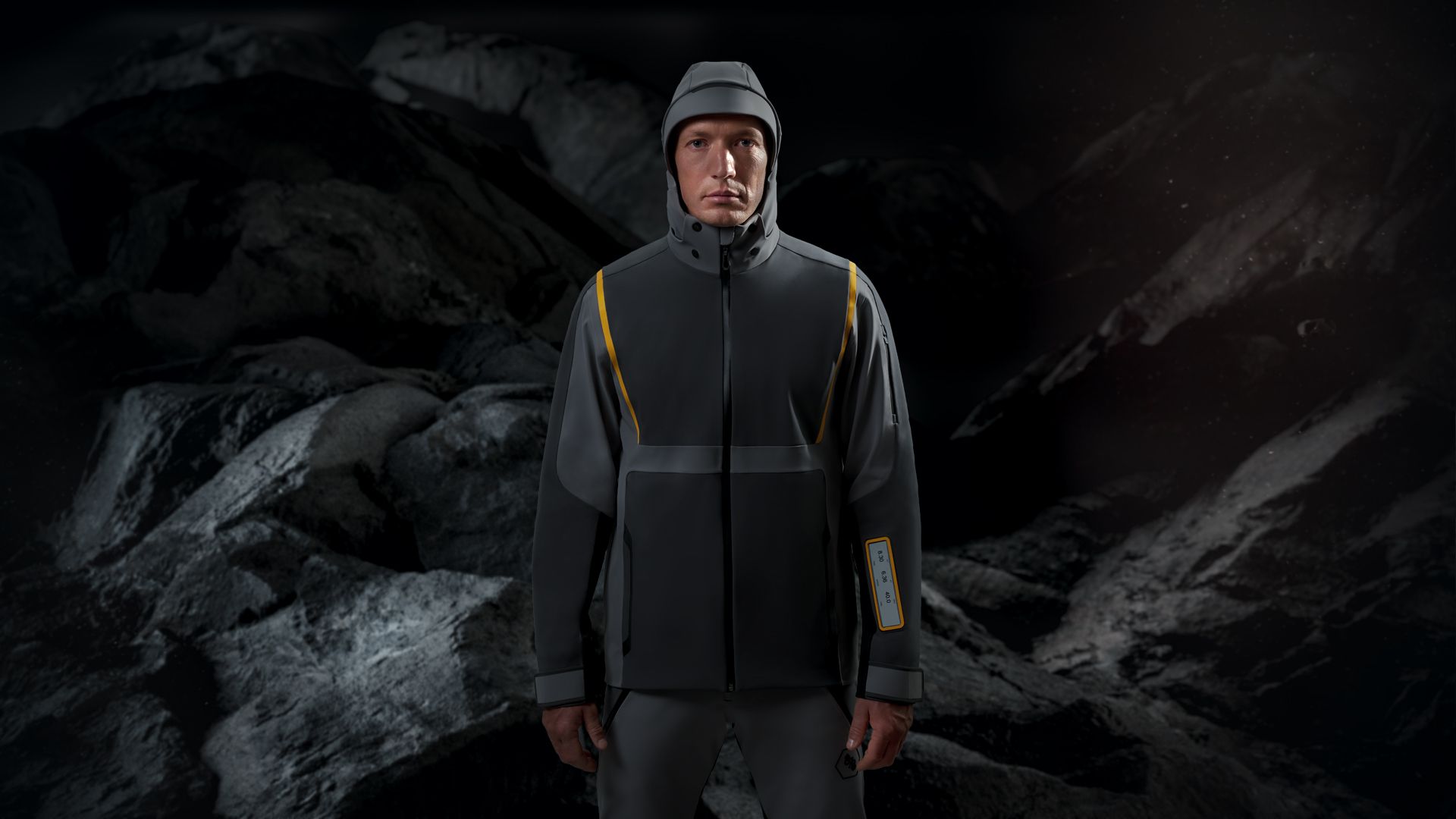
The manufacturing of innovative sailing apparel started in October 2020 in Székesfehérvár, Hungary, where the digital 3D design also takes place. 878co is currently focusing on authentic, targeted and conscious branding. Their mission is to become internationally acknowledged and a significant player in the five most progressive boat classes in two years. “We are more of a tech company than a fashion brand. We’ll be there on every field where there is a need for innovative solutions to complex problems, including professional sports, healthcare and the defense industry: we have collaborations on all three fields, and we plan to implement further developments in these areas. We work in a sector that is still very much in the making,” István highlighted.

Tesla Cybertruck with a pop-up camping compartment

A font family made up of buildings
